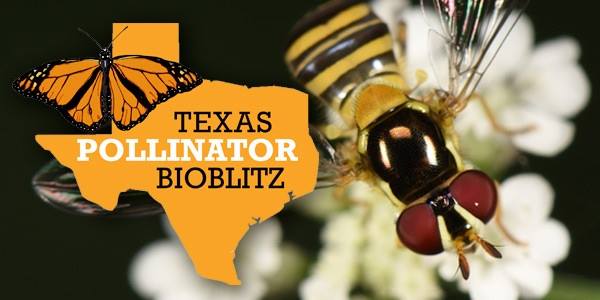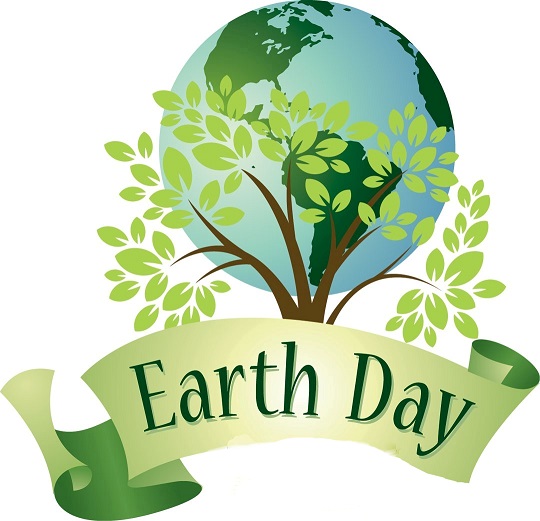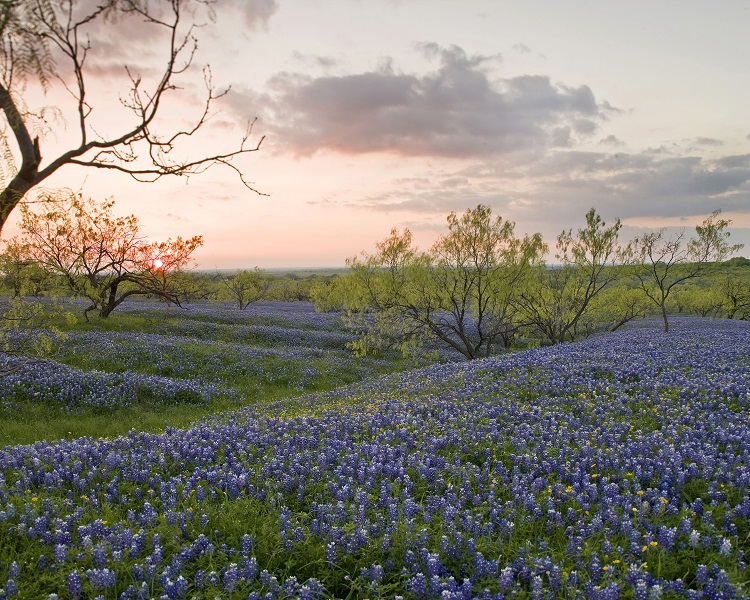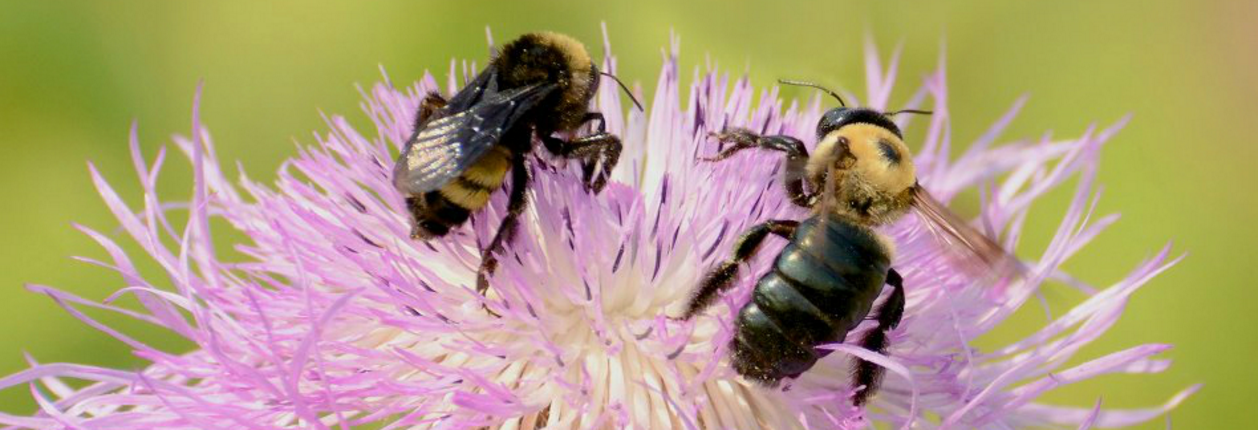Helping Hummers After Hurricane Harvey
Thursday, October 5th, 2017This is Passport to Texas
Rockport, hit hard by Hurricane Harvey, is famous as a fall/winter hummingbird migration stopover.
Hummingbirds are equipped to handle all kinds of environmental situations – [including] natural disasters. And, they are opportunistic: they look for opportunities in which to feed.
Urban wildlife biologist, Kelly Simon says residents are rightly focused on recovery, and may not hang nectar filled feeders this season.
Hummingbirds have endured natural disasters like this for as long as there have been hummingbirds. And so, while we’re focusing right now on human needs, the physical needs of hummingbirds will be met by the hummingbirds.
Folks along the migration path might consider hanging a few extra feeders, using a 3:1 ratio to increase energy content. However…
Hummingbirds don’t live by sugar water alone. They actually require spiders and mites that the find in native plants in order to gain the fats and proteins that will help fuel their journey. That may be a thing that’s hard for them to find. But, Corpus Christi is not that far away. And Corpus Christi has an abundance of flowers – they were not hit quite as hard. So, there’s a lot of natural food out there. It may not be in Rockport, but adding about 100 miles on top of the journey, when you’re looking at a 2-thousand mile journey, is probably not significant.
Hummingbirds, like those hit by Harvey, are survivors, but always appreciate help from their friends.
For Texas Parks and Wildlife, I’m Cecilia Nasti
_____________________________________
The following is from the TPWD publication about hummingbird gardens:
Food Resources for Hummingbirds
Remember, while sugar is important to these birds, it is not the only food resource. We need to provide for not only their energy needs, but vitamins, minerals, protein and other nutrients as well. This is done with a carefully planned and maintained garden. A good hummingbird garden will include:
- Nectar producing plants designed for hummingbird attraction
– Plants with trumpet shaped flowers usually oriented horizontal or downward - Insect attracting plants
– Plants with large, flat flower heads usually oriented vertical or near so
– These are generally yellow or blue in color Bloom season is important.
In Texas it is possible to have hummingbirds year-round, so you should aim to have plants in bloom as long as possible. In the northern reaches this becomes more difficult because of frost, but careful selection can extend the hummingbird season by weeks. Try to select plants with overlapping bloom periods so that there is always something in bloom.
Plant a food source: Nectar producers and insect attractors
Shelter Trees and Shrubs
- Pecans
- Oaks
- Elms
- Cedar
- Pines
- Mountain laurel
- Prairie flame leaf sumac
- Evergreen sumac
- Possum haw
- Agarita Yaupon holly
Food Plants for Texas Hummingbirds
- Any native sage such as autumn sage (Salvia gregii)
- Trumpet vine
- Cross vine
- Coral honeysuckle
- Texas lantana (Lantana urticoides)
- Turk’s cap
- Yellow bells
- Flame acanthus
- Native hibiscus
Layout Tips
- Try to provide food at multiple levels of the garden
- Plant islands of color
- Be sure to have plants s with overlapping bloom periods in each garden







 Passport to Texas is a
Passport to Texas is a  Passport to Texas is made available by:
Passport to Texas is made available by: